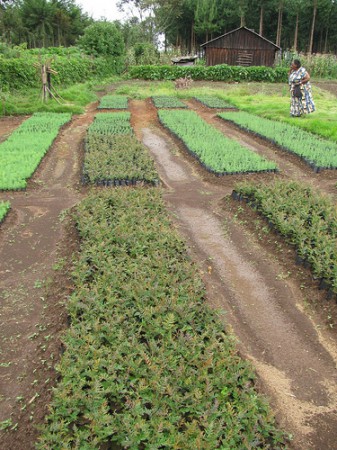 You may remember that in
You may remember that in last this week’s Brainfood we linked to a paper which looked at agroforestry input supply systems, and recommended a commercial, decentralized model for getting high quality tree seeds to smallholders. Now I’ve come across “Gender and agroforestry in Africa: a review of women’s participation.” The bottom line — not surprisingly, alas — is that women’s participation tends to be lower in enterprises in which there’s more money at stake. But this second paper only looked at the outputs, not the inputs. It would be interesting to know whether women tend to be edged out of commercial tree seed supply enterprises too. I suspect they do, which suggests that following the recommendation of the first paper for tree seed supply systems might result in even more pronounced gender inequity. So what could be done about it? Both papers include ICRAF staff as co-authors, though there’s no overlap. Maybe some of them have already thought about this and might like to comment here.
Hi Luigi, I just discovered comments here on your blog. My response would be that it depends on the circumstances. From our surveys it seems that nursery owners are indeed most often men. However, Christine Holding in her chapter in a World Bank publication (easy to google) discusses a survey we made in Uganda, where it seems that there are a lot of women groups collecting seed and producing seedlings in nurseries. Quote “These women and their CBOs are not reached by any of the NGOs”. I am still trying to find funds to expand the study into a project that could make their enterprises stronger.
Thanks, Jens-Peter. Just to help other readers, the World Bank publication in question is part 2 of the Gender in Agriculture Sourcebook. And the quote is to be found on page 663.